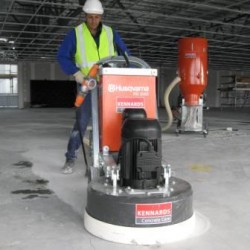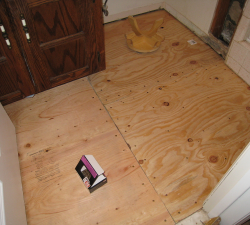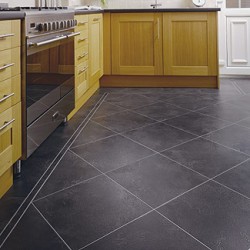Subfloor for Resilient (Vinyl) Flooring
Resilient flooring seems like one giant piece of duct tape: it will stick to anything. Well, it can’t. And that’s why choosing the right subfloor is pretty important before laying resilient flooring.
In case you didn’t know–and why should you?–resilient flooring is the oh-so-sensitive term nowadays for the more hated term, vinyl flooring. Got that? Moving on…
Concrete

Smooth, level, patched, and dry concrete subfloor can be used directly for resilient flooring. No underlayment needed.
Plywood

Half-inch or greater underlayment graded for such use by the American Plywood Association.
Existing Vinyl Floor

Sorry, did I use the word vinyl? I mean resilient flooring.
Clean resilient flooring on a good base can be used as the subfloor for new resilient flooring.
Do Not Use as a Subfloor
- Wood floorboards
- Particleboard
- Hardboard
- Exterior-grade plywood
- Cement-based backer board
- Asphalt tile
- Rubber tile